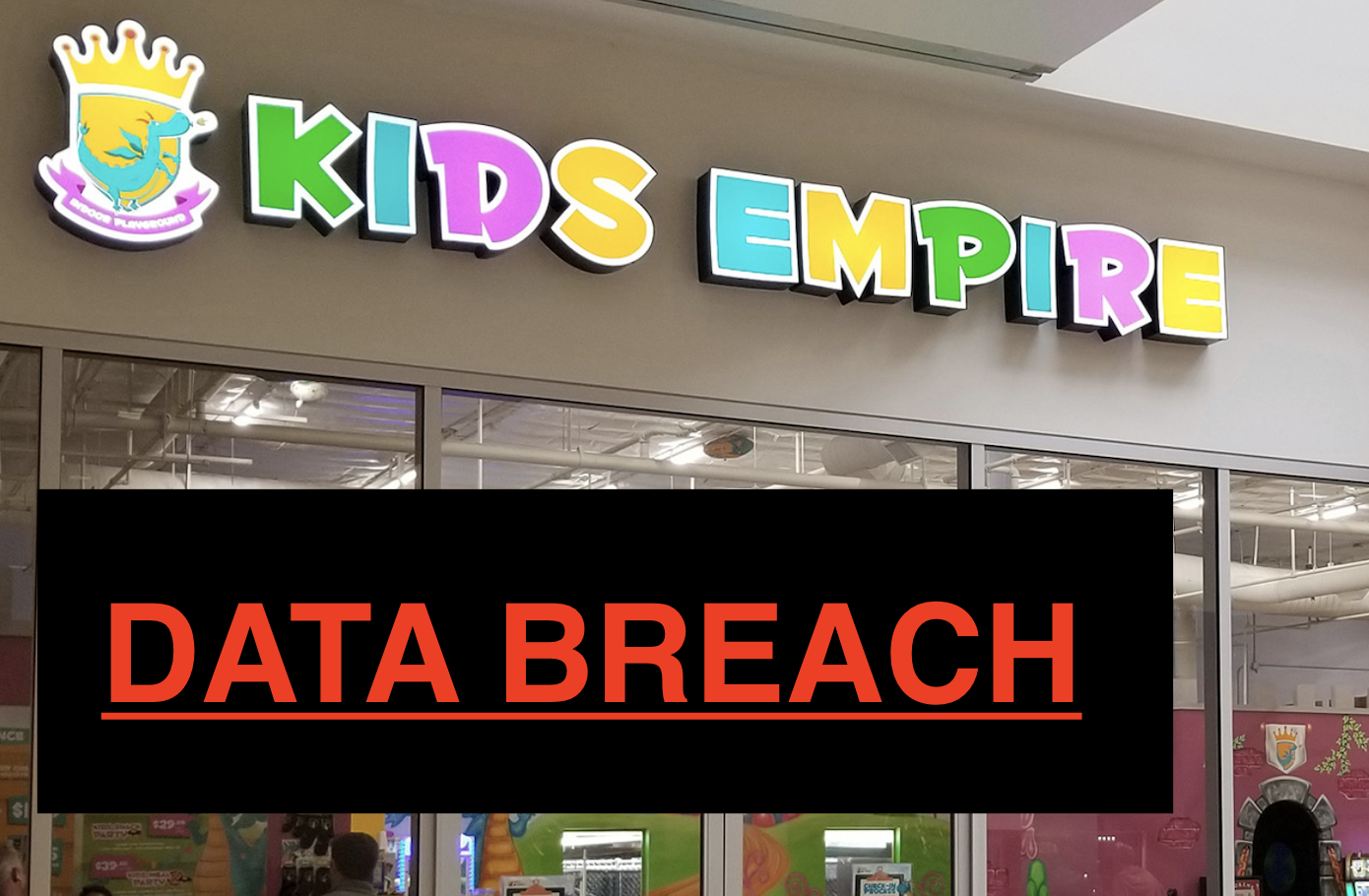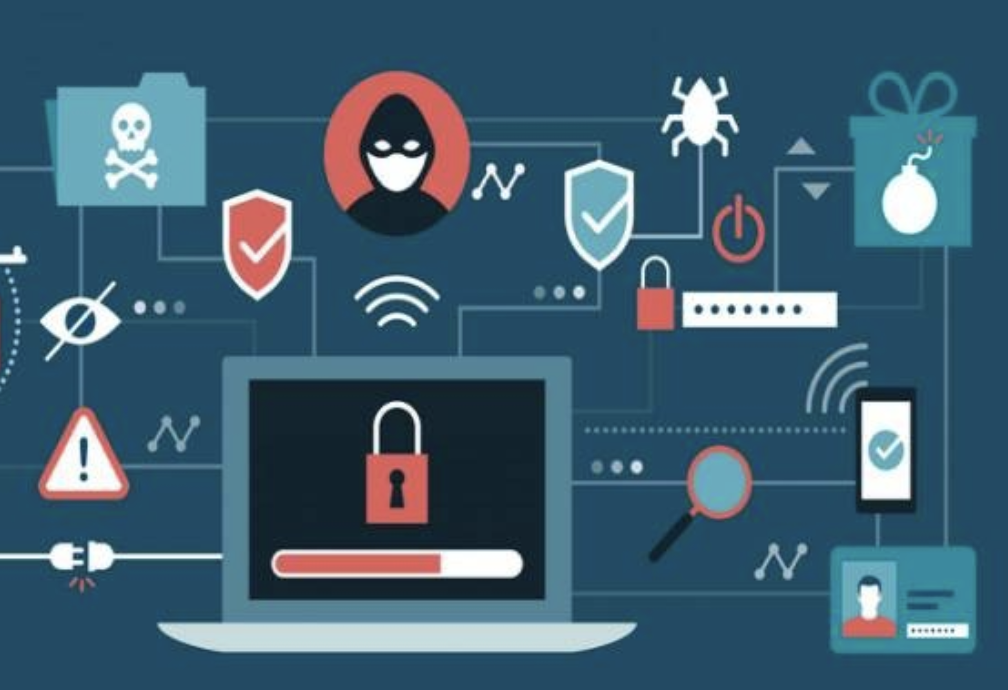Data Breach Exposes Comprehensive Applicant Personal Information – Urgent Call for Improved Security Measures
In a concerning turn of events, a recent data breach has compromised the personal information of applicants, exposing a wealth of sensitive data including full names, Learner Reference Numbers (LRN), dates of birth, gender, city/municipality and province of birth, citizenship/nationality, home addresses, contact information, details of the junior high school enrolled in (including addresses and school fees), and even information on whether the applicant has received financial assistance from the school.
The Philippines school data breach raises serious questions about the security measures in place within the education system, emphasizing the need for institutions to fortify their defenses against cyber threats. The exposed data provides a comprehensive profile of each applicant, leaving them vulnerable to a range of risks:
- Identity Theft: The breadth of information exposed provides ample material for identity theft, where malicious actors could use the stolen data to impersonate applicants for financial gain or other fraudulent activities.
- Financial Exploitation: The revelation of school fees and financial assistance details may expose applicants to targeted scams or financial exploitation, with cybercriminals having insight into their economic circumstances.
- Privacy Invasion: Home addresses, contact information, and details about financial assistance represent a significant invasion of privacy for applicants and their families, potentially leading to unwarranted solicitations or even physical security concerns.
- Academic Manipulation: Information about the junior high school enrolled in, along with addresses and school fees, could be exploited to manipulate academic records or even create fraudulent educational profiles.
- Social Engineering Attacks: Armed with this comprehensive set of personal information, attackers may launch sophisticated social engineering attacks, deceiving applicants into revealing more sensitive details or compromising their digital accounts.
- Reputation Damage: The breach not only affects individual applicants but also tarnishes the reputation of the educational institution. This can lead to a loss of trust among applicants, parents, and the wider community.
Philippine education authorities and institutions must respond swiftly to address the aftermath of this breach, implement immediate corrective actions, and ensure that affected individuals are supported and informed about protective measures. Moreover, there is an urgent need for a comprehensive review of cybersecurity protocols and the adoption of advanced measures to safeguard the integrity of personal data in educational databases.
As we navigate an increasingly digitized educational landscape, the incident serves as a stark reminder of the importance of prioritizing cybersecurity and data protection in order to secure the trust and well-being of students and their families.




